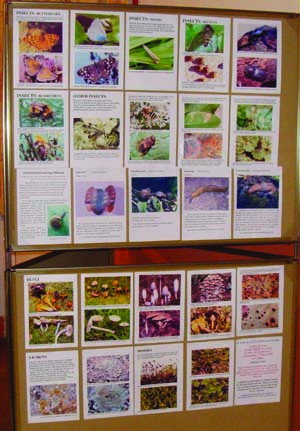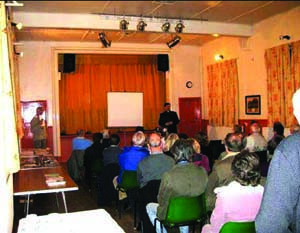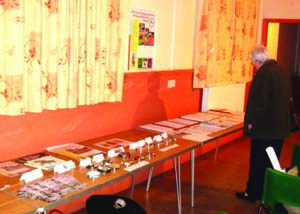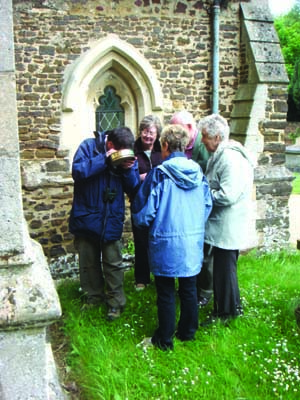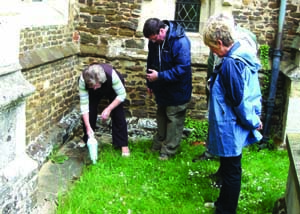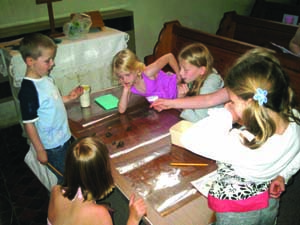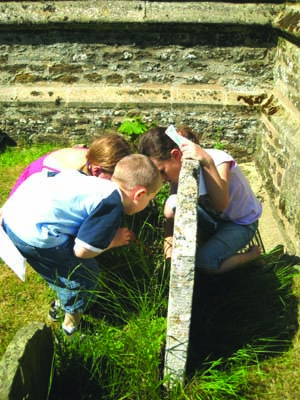|
Churchyards have long been recognised as having the potential to be valuable species-rich “islands” within local communities. In the previous issue of this magazine, June Chatfield’s review of last year’s meeting in Cardiff included the summary of a talk I gave which included a report of a mollusc survey in Clifton churchyard in Bedfordshire. This survey was part of a long term ongoing assessment of the wildlife of this churchyard, the majority of which has been carried out by local naturalist Alan Outen over many years. In order to give guidance to the Parochial Church Council on ways to more effectively manage the churchyard areas for wildlife, Alan presented a wildlife management plan for their consideration. At the same time it was also decided to raise the awareness of local wildlife, including molluscs, not only to church members but to the wider community. In order to do this we initiated the following:- a) A display in the church of photographic images of wildlife recorded from the churchyard (using the former Conchological Society display boards which had previously been donated for use by the church). (Figure 1). b) A talk on the wildlife of the churchyard and the village area as a whole (ie within the parish boundary). This was advertised locally and also through county wildlife groups. The talk, introduced by the parish priest and presented by Alan and myself, covered most of the main groups, including molluscs. (Figure 2). There was also a display of Conchological Society posters’ leaflets and other material, together with living examples of slugs and snails along with shells for people to examine (Figure 3). A lot of interest was expressed in the exhibit and talk with many people expressing their surprise at the variety of species to be found. c) Two wildlife walks through the churchyard were organised and publicised in the Parish Magazine, which is distributed to every household in the village. The walks included looking for the presence of molluscs and people were shown how to look for small species by using sieving (Figure 4) and vacuuming (figure 5) techniques. d) Educational material from the Evolution Megalab Cepaea project web site was used to involve young children from the village who attend a church run Saturday Club. Activities run by Suzanne Stapleton and her co-leaders also included “snail races” (Figure 6), hunting for snails (Figure 7) and sieving ground litter. (Figure 8). All these activities were well received and there have been requests to repeat some of them. The children were so fascinated that another snail hunting session was organised for the following month. Over 500 species of animals and plants have now been recorded from this churchyard. Generally speaking, increasing the interest of local people in the wildlife on their doorstep has to be crucial to the positive management of such areas and surely must include the message that slugs and snails are much more than just garden pests! |
Fig 1
Fig 2
Fig 3
Fig 4
Fig 5
Fig 6
Fig 7
Fig 8 Photo credits: figures 1&3, Peter Topley; 2, Jane Pavey; 4 & 5 Alan Outen; 6-8 Suzanne Stapleton. |
Snails and Slugs and Churchyard Tales: raising local wildlife awareness
Issue
21
Page
23

